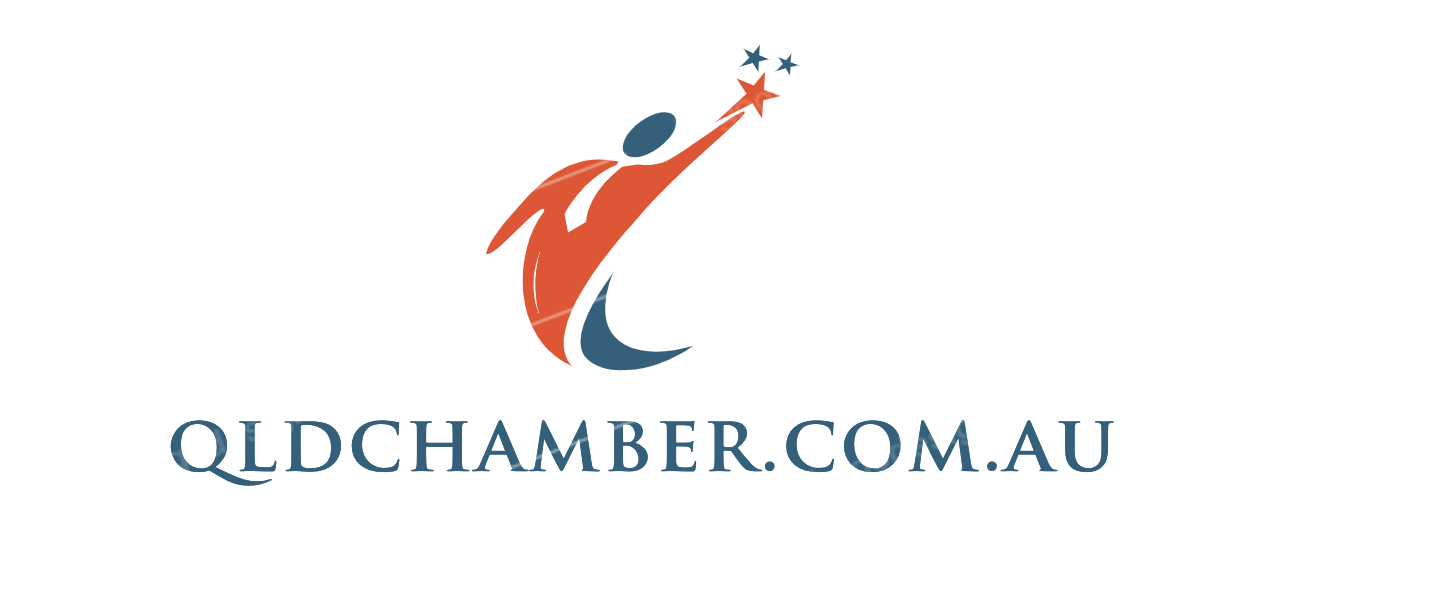Product development is an intricate process that marries creativity with strategic planning, engineering with marketing, and innovation with practicality. This dynamic journey from conceptualization to market launch is a critical facet of businesses across industries. It involves transforming ideas into tangible offerings that meet consumer needs, embrace technological advancements, and respond to market trends. In this exploration, we unravel the art and science of product development, delving into the multifaceted stages, challenges, and strategies that define this crucial business endeavor.
At the genesis of product development lies the spark of creativity, where ideas are born and possibilities are explored. This phase involves brainstorming, research, and envisioning concepts that address a specific need or challenge. Whether inspired by market gaps, technological advancements, or consumer feedback, the ideation stage sets the foundation for the entire product development process. It requires a blend of imagination and practicality, with teams working collaboratively to refine ideas and identify opportunities for innovation.

A robust understanding of the market landscape is paramount for successful product development. Market research involves gathering insights into consumer preferences, identifying competitors, and assessing potential demand. This phase requires a meticulous analysis of trends, demographics, and the competitive landscape to inform decision-making. The data obtained guides the development team in tailoring the product to meet the unique needs of the target audience, ensuring that it stands out in a crowded marketplace.
With a concept in place and market insights at hand, the next step in product development involves creating prototypes and refining the design. Prototyping allows for the visualization and testing of product ideas, enabling designers and engineers to iterate and improve upon the initial concepts. This stage is crucial for identifying potential flaws, enhancing functionality, and ensuring that the final product aligns with both user expectations and technical feasibility. The design process encompasses not only the product’s aesthetics but also its user interface, ergonomics, and overall user experience.
Once the design is finalized, the product moves into the engineering and development phase. Here, the theoretical aspects of the design are translated into a tangible, functional product. This stage involves selecting materials, incorporating technology, and addressing manufacturing considerations. Engineers work closely with designers to ensure that the envisioned product is not only aesthetically pleasing but also robust, reliable, and manufacturable at scale. The collaboration between design and engineering teams is pivotal in navigating the intersection of creativity and technical feasibility.

Rigorous testing and quality assurance are integral components of the product development journey. Prototypes undergo various tests to assess their durability, performance, and safety. This phase helps identify and rectify any issues before mass production, minimizing the risk of defects in the final product. Testing may include environmental simulations, usability assessments, and compliance checks to ensure that the product meets regulatory standards. A commitment to quality assurance underscores the dedication to delivering products that not only meet but exceed customer expectations.
Product development is rarely a linear process; rather, it often involves cycles of iteration and refinement. Feedback from prototype testing, market insights, and ongoing evaluation may necessitate adjustments to the design, features, or functionality. This iterative approach allows development teams to respond to challenges, optimize performance, and enhance the product’s overall competitiveness in the market. The willingness to adapt and refine distinguishes successful product development endeavors from static and inflexible approaches.


